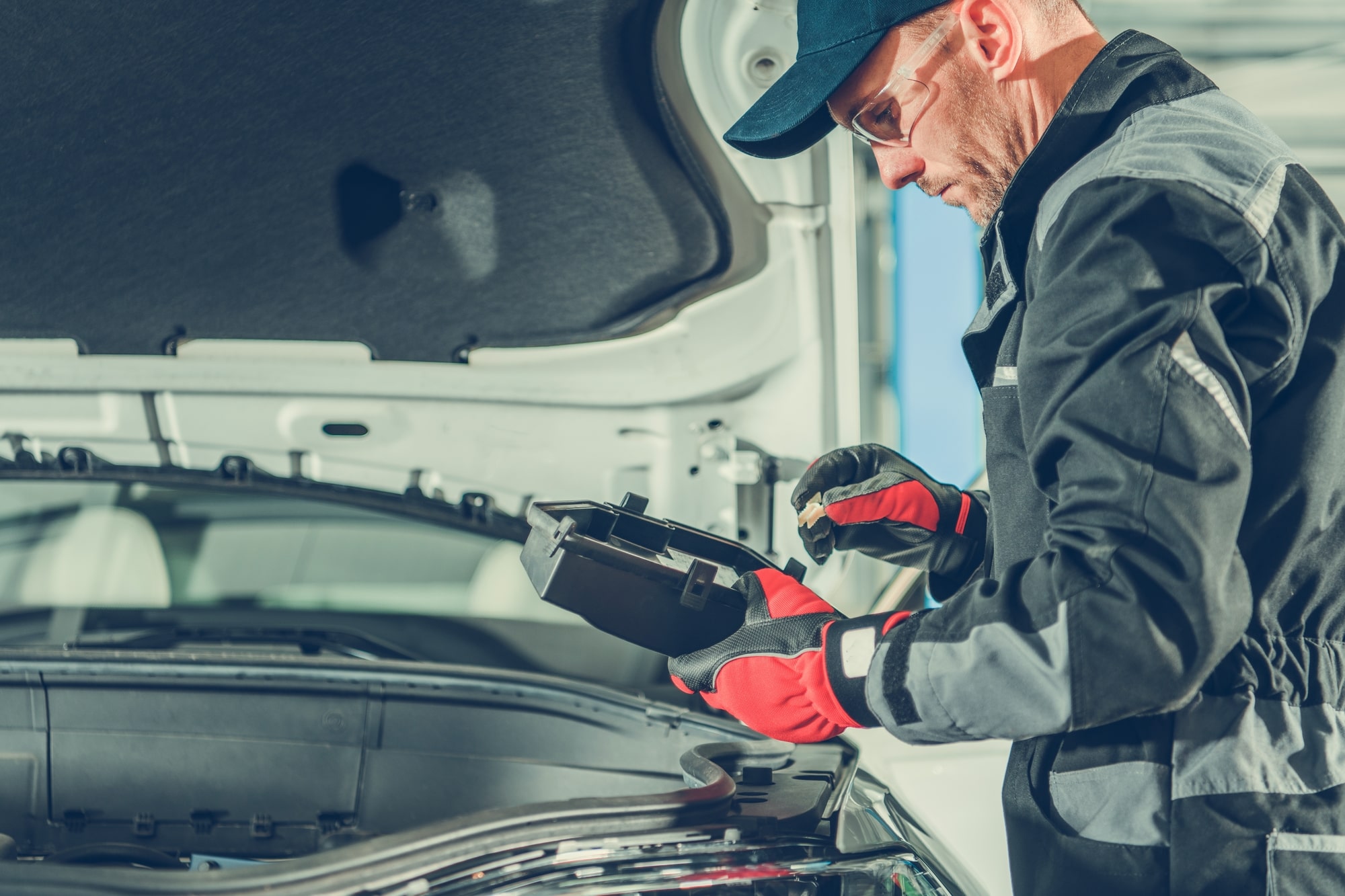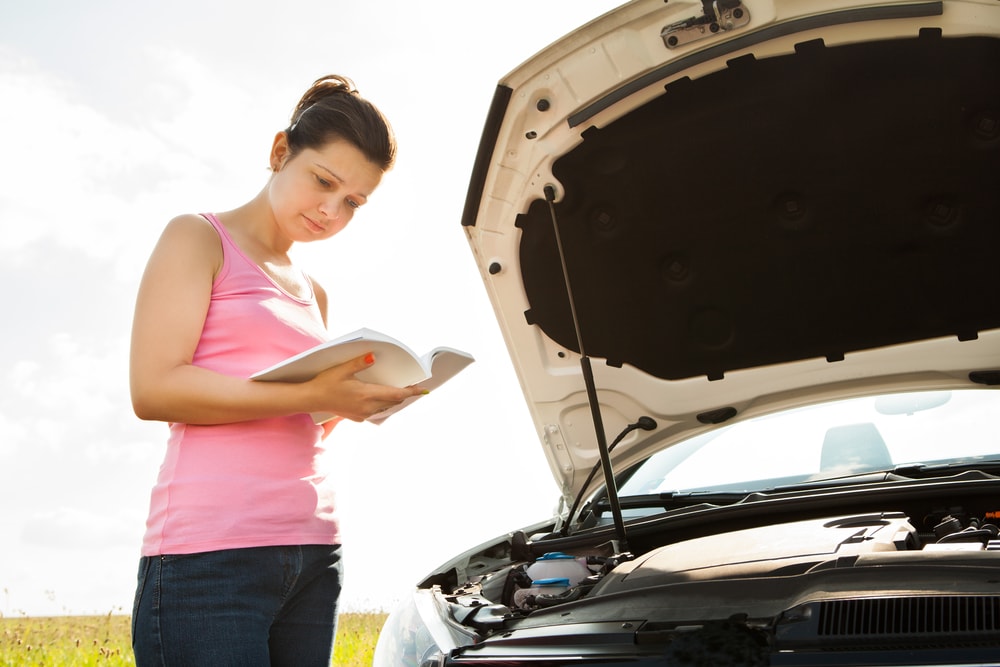Experiencing a loss of vehicle control is, by far, one of the scariest circumstances motorists can face on the road. Sometimes, speeding or driving under the influence of drugs or alcohol triggers it. Other times, aggressive driving or road rage is the cause. But what about instances that occur out of your power? For example, what if you suddenly find your steering wheel hard to turn and can’t control your car?
A functioning steering wheel is a critical automobile control mechanism that guides your vehicle in the direction you want. Without one, your inability to turn the wheel could lead to a car accident and/or serious injuries. So what causes a steering wheel to go stiff, and how can you fix it before facing a more dangerous situation? Let’s discuss a few possibilities and how you might remedy the problems.
Is a Fluid Leak Causing the Issue?
When power steering starts to fail, several issues can be the cause. While hearing whining noises from your wheels when driving is a strong indication of a steering issue, a power steering fluid leak is one of the most noticeable clues. The quickest way to find out if this is the case for you is to check for oil stains under your vehicle near the engine. You may have a leak if you see residue on the ground with a red, pink, or clear tint. Seeing black, yellow, or brown oil—or residue with a milky consistency—can indicate that the oil is well past its expiration date and requires a flush with new oil.
Simply being low on the power-steering fluid can also cause a stiff steering wheel. You can inspect your fluid level by finding the reservoir near the power-steering belt in your engine bay, which is a cylinder shape. If the fluid level is low, and you’re comfortable filling the reservoir with new fluid, go ahead and add it. But double-check that you are using the correct product for your vehicle beforehand.
Another option is contacting your certified mechanic and describing what you see. The technician will likely advise you to schedule an appointment ASAP to inspect the hose, clamps, and steering pump to find the source of the leak. Remember, driving with a compromised steering system is dangerous. Therefore, getting a tow to your auto repair shop will help keep you safe and prevent additional damage to your power steering system and vehicle.
Is Low Tire Pressure the Main Culprit?
A stiff, difficult-to-turn steering wheel can also result from inadequate tire air pressure. Yet thankfully, fixing the problem is generally straightforward, and you can quickly do it from home or a nearby gas station. But before you fill your tires, check the recommended PSI level for your vehicle first.
If you need help locating the information, look inside your driver’s door for a sticker or the vehicle’s owner’s manual. Most tire pressure ranges fall between 32 and 35 PSI (pound per square inch). However, vehicle type, tires, and outdoor temperature also contribute to the desired PSI level. To check your tire pressure, you can do it manually using a gauge or stop by a nearby gas station to use the air pump machine. Another option is visiting the business where you purchased your tires. Goodyear, for example, offers a free “Tire Air Pressure Check” to its customers. However, suppose one or more tires do not maintain the proper PSI after adding air. In that case, you will need to investigate the issue further. You may need a patch or replacement.
Are Damaged Parts Driving the Issue?
Over time, car parts start to wear and can break down completely. But sometimes, diagnosing the problem can be challenging, especially when you need more experience to identify the issue. Consider the following examples of damaged parts that can affect your steering and how your certified mechanic can fix them:
- Steering Rack or Gearbox: Depending on your vehicle’s type, it will consist of a steering rack or gearbox. Each is a critical component that steers your car’s wheels from side to side, letting you go in the direction you want. Vehicles with steering racks include a part called a pinion, and over time, both racks and gearboxes can fail. A skilled auto technician must repair or replace these components when they break down. According to RepairPal, the average rack and pinion replacement costs fall between $1,558–$1,880 and $905–$1,095 for a steering gearbox replacement.
- Steering Pump: A functioning steering pump is critical as it is the component that pressurizes and circulates power steering fluid so you can navigate the wheel. If the part deteriorates or cracks, you may notice a fluid leak under your vehicle and/or hear whining or groaning noises as you drive. However, losing too much fluid can further damage the power steering system and result in a great effort to turn the wheel. Therefore, calling for a tow and getting your vehicle to an auto repair shop ASAP is imperative. A certified mechanic can diagnose the car problem and help quickly get you. back on the road. RepairPal reports an average power steering pump replacement cost between $507 and $720.
- Serpentine Belt: One of the many functions of the serpentine belt is to drive or spin the power steering pump. But over time, it can wear as it stretches, cracks, or breaks completely. When the belt starts to go, your steering may stiffen, and you might hear squealing noises as you increase engine speed or use engine-powered accessories. When this happens, your risk of facing a breakdown increases. The best step is to have your mechanic inspect your power steering system and repair or replace the belt without delay. The average cost for serpentine belt replacement is between $109 and $134.
Keep in mind that all three of these vehicle components generally wear when a vehicle nears the 100,000-mile mark. Still, improper upkeep and driving conditions can impact the rate at which these parts deteriorate or fail. Sticking to a routine maintenance schedule and investigating strange noises, smells, and leaks can help extend the life of your vehicle and prevent additional damage and breakdowns.
Can an Extended Car Warranty Cover the Bill?
Yes! Securing reliable breakdown coverage can be invaluable, especially when facing high repair costs for part malfunctions. Likewise, having a policy with additional perks—like coverage for tire damage because of road hazards or roadside help and free towing services—can help to save you even more on car expenses—down the road.
Before you find yourself responsible for paying an auto repair bill you can’t afford, check out our top auto warranty companies. Explore why we rate our recommendations among the best available and how one may be the best fit for you.



